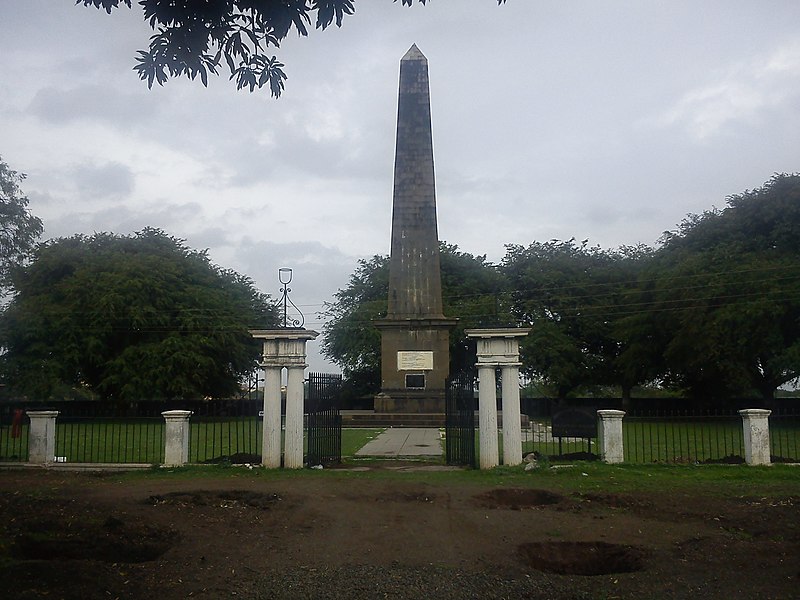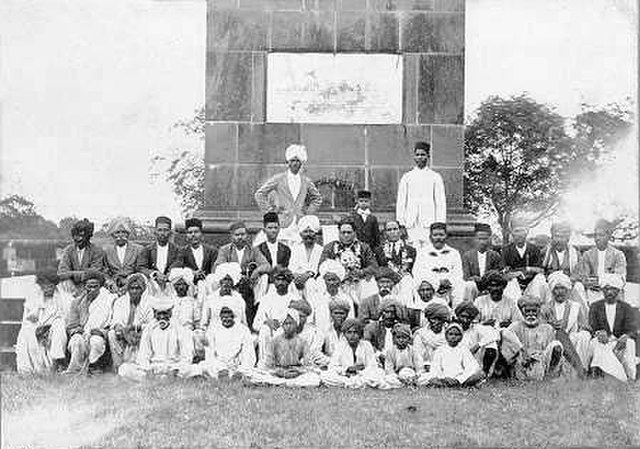By Misha Kumari
The author is a first-year law student at LLOYD Law College.

How started?
Bhima Koregaon is something that is always in the limelight. The story began when the battle between Peshwa’s army and the British East India Company ended with the Peshwa’s army (led by Peshwa Bajirao II) by the British East India Company on January 1, 1818. What makes it significant for the Dalit community is the participation of a regiment of Mahar Dalits, serving in the British Army, and their subsequent victory, which is seen as a victory over “high-caste” Brahmin Peshwas. The Koregaon obelisk (around 30 Km from Pune) features 22 names of Mahars killed in the battle. However, the pillar was built by the British and contained a total of 49 characters. Presently, the memorial is celebrated as a triumph over caste oppression by Mahars and the Dalit community.
It has got a new pace since January 1, 2018. What happened is that since January 1, 2018, marked the 200th year of battle, there was a more extensive gathering at Bhima Koregaon than it has been in the previous years. But eventually, this celebration turned into violent clashes between Dalit and Marathas groups, causing the death of at least one person and injuries to several others.
What is Bhima-Koregaon?
It is a small village in Maharashtra and is related to an essential phase of Maratha history. On January 1, 1818, a Dalit-dominated British Army had conquered a Peshwa army, led by Peshwa Bajirao II, in Koregaon.
The battle attained a legendary stature for Dalits, who consider the win as a victory of the Mahars against the injustices perpetrated by the Peshwas.
The East India Company installed a pillar known as Vijay Stambha (victory pillar) in memory of those who fought for them in the battle. It is at this pillar that thousands of Dalits come to pay their respects every year on January 1.

Aftermath
The Elgar Parishad-Maoist Link case was transferred from Pune police to NIA (National Investigation Agency) under section 173(8) of CrPC. Section 6(5) of the NIA Act was invoked that permits the central government to direct the agency (NIA), suo motu, to investigate any offence if it feels that a crime is a scheduled offence fit to be probed by the NIA.
This was observed as a politically motivated move since BJP lost power in the Maharashtra assembly elections. Moreover, this came after Sharad Pawar wrote to Uddhav Thackeray that it is wrong to imprison activists on sedition charges and that there has been a gross abuse of power. Many people booked under the Unlawful Activities Prevention Act (UAPA) are activists like Rona Wilson, Arun Ferreira, Sudha Bharadwaj, Gautam Navlakha and Anand Teltumbde.
Condition of people in jail
· Varavara Rao, 80, has been undergoing treatment in Mumbai hospitals since July 16 after being tested positive for Covid-19. He and others have been behind bars for about 22 months. Rao approached a special NIA court, seeking bail on medical grounds and the prevailing COVID-19 situation but was denied earlier. Rao was shifted from St. George Hospital to Nanavati hospital after his condition deteriorated.
· Teltumbde’s bail plea, citing NIA’s failure to file a charge sheet in the 90 days, was also rejected by the special NIA court this Friday (July 24). · Varavara Rao’s family is fighting to get transparent health updates of him, and they have approached NHRC for the same.
References
2018 Bhima Koregaon violence – Wikipedia
Bhima Koregaon Battle – INSIGHTSIAS (insightsonindia.com)
